
Cybersecurity 2025: Mastering AI-Driven Threats and Supply Chain Vulnerabilities

As we move deeper into 2025, the digital arena is rapidly evolving. Organizations worldwide face increasingly sophisticated cyber threats that challenge even the most robust defenses. From AI-enhanced phishing scams to the mounting pressures of supply chain vulnerabilities and geopolitical tensions, the cybersecurity arena is set for unprecedented complexity.
In this post, we outline the key cybersecurity risks anticipated this year and offer strategic solutions for creating resilient defenses.
Global Cybersecurity Outlook 2025
Recent analyses indicate that the threat landscape is more complex than ever. Data breaches and ransomware incidents have reached record levels, with organizations contending with millions of victim notifications triggered by mega breaches. Key findings reveal that while advanced technologies are transforming our digital capabilities, they also provide cybercriminals with powerful tools for disruption.
Key Emerging Cybersecurity Threats
1. AI-Powered Cybercrime
Artificial intelligence (AI) is a double-edged sword. On one hand, it empowers defenders with rapid threat detection and real-time response capabilities. On the other, cybercriminals leverage AI to create hyper-targeted phishing emails, mimic trusted communication channels, and even generate deepfake content.
2. Supply Chain Vulnerabilities
Modern businesses rely on complex global supply chains, which often lack transparency and standardized security measures. Disruptions in the supply chain can expose organizations to data breaches and operational risks.
3. Geopolitical and Regulatory Challenges
Geopolitical tensions and diverse cybersecurity regulations across regions complicate the security landscape. Organizations must now navigate a fragmented regulatory environment while guarding against state-sponsored attacks and espionage.
4. Cyber Talent Shortage
The growing sophistication of cyberattacks has amplified the need for skilled professionals. However, a significant gap in cybersecurity talent continues to hinder effective threat management, leaving organizations at risk.
5. Advanced Ransomware and Social Engineering
Despite widespread awareness, ransomware remains a top concern. New variants of ransomware are more agile, often incorporating AI to bypass traditional security tools. Coupled with refined social engineering tactics, these attacks are becoming more frequent and costly.
Strategic Solutions for a Resilient Future
To tackle these challenges, businesses must adopt a proactive, multi-layered approach that combines technology, processes, and human expertise.
Enhance AI-Driven Defenses
Investing in AI-powered cybersecurity tools is critical. Modern platforms use machine learning and predictive analytics to spot anomalies and neutralize threats in real time. These tools can analyze vast datasets, identify patterns, and even predict potential attack vectors before they materialize.
Actionable Tip: Evaluate AI cybersecurity solutions that offer real-time threat detection and automated incident response.
Strengthen Supply Chain Security
Organizations need to secure every link in their supply chain. This means establishing rigorous vendor assessments, continuous monitoring, and enforcing strict security standards for all third-party partners.
Actionable Tip: Implement continuous supply chain monitoring and integrate external threat intelligence feeds to detect vulnerabilities.
Navigate Geopolitical and Regulatory Landscapes
A robust cybersecurity strategy must account for varying regulatory requirements and geopolitical risks. Engaging in international collaborations and staying updated on regulatory changes is essential.
Actionable Tip: Develop a compliance framework that aligns with global standards and adapt policies as regulations evolve.
Invest in Cyber Talent and Training
Addressing the skills gap is as much about investing in human capital as it is about technology. Regular training, simulations, and certifications can empower employees to recognize and respond to emerging threats.
Actionable Tip: Launch ongoing security awareness programs and simulate phishing scenarios to strengthen your human firewall.
Adopt Zero Trust and Continuous Authentication
A Zero Trust approach minimizes risk by continuously verifying every access request. By adopting micro-segmentation and real-time authentication protocols, organizations can limit lateral movement in the event of a breach.
Actionable Tip: Implement Zero Trust architecture across your network to ensure that no entity is trusted by default.
On the whole
The cybersecurity challenges of 2025 demand a holistic, forward-thinking approach. While emerging technologies like AI and quantum computing promise powerful defense capabilities, they also equip attackers with advanced tools for disruption. By understanding the key threats—from AI-powered phishing to supply chain vulnerabilities—and adopting a multi-layered defense strategy, organizations can build resilience in an increasingly unpredictable digital landscape.
Staying proactive, investing in cutting-edge technologies, and empowering your team with continuous training are the pillars of future-proof cybersecurity. Now is the time to transform your cybersecurity strategy and safeguard your organization against tomorrow’s threats.
FAQs
Q1: What are the most critical cybersecurity threats for 2025?
The top threats include AI-powered cybercrime, supply chain vulnerabilities, regulatory challenges, advanced ransomware, and the ongoing cyber talent shortage.
Q2: How is AI changing the cybersecurity landscape?
AI enhances threat detection and response, enabling real-time analysis and automated remediation. However, it also allows cybercriminals to launch sophisticated, targeted attacks such as AI-driven phishing.
Q3: What steps can organizations take to secure their supply chains?
Organizations should implement continuous monitoring, rigorous vendor assessments, and integrate external threat intelligence to identify and mitigate supply chain risks.
Q4: How can companies address the cyber talent shortage?
Investing in comprehensive training programs, simulated exercises, and certification courses can help build a skilled workforce capable of managing complex cyber threats.
Q5: What is Zero Trust architecture, and why is it important?
Zero Trust is a security model that continuously verifies every user and device before granting access. It’s crucial for minimizing risks by ensuring that no entity is trusted by default, thereby limiting the impact of potential breaches.
Q6: How can businesses integrate AI solutions without disrupting existing workflows?
By adopting AI platforms that seamlessly integrate with current systems—offering plug-and-play solutions, automated alert triage, and customizable response protocols—organizations can enhance security without significant operational disruption.
Q7: What role does continuous monitoring play in cybersecurity?
Continuous monitoring helps detect anomalies in real time, enabling organizations to quickly identify, investigate, and respond to potential threats before they escalate into major incidents.
Q8: How will emerging quantum technologies impact current cybersecurity protocols?
Quantum computing has the potential to break current encryption standards, which is why organizations need to invest in post-quantum cryptography. Meanwhile, quantum-enhanced AI can improve threat detection, making it crucial to stay ahead by evolving security measures.
Related Posts
StrongestLayer, Inc. 1900 5th and 6th Floor, Reston Station, 1900 Reston Metro Plaza, Reston, VA 20190




.png)
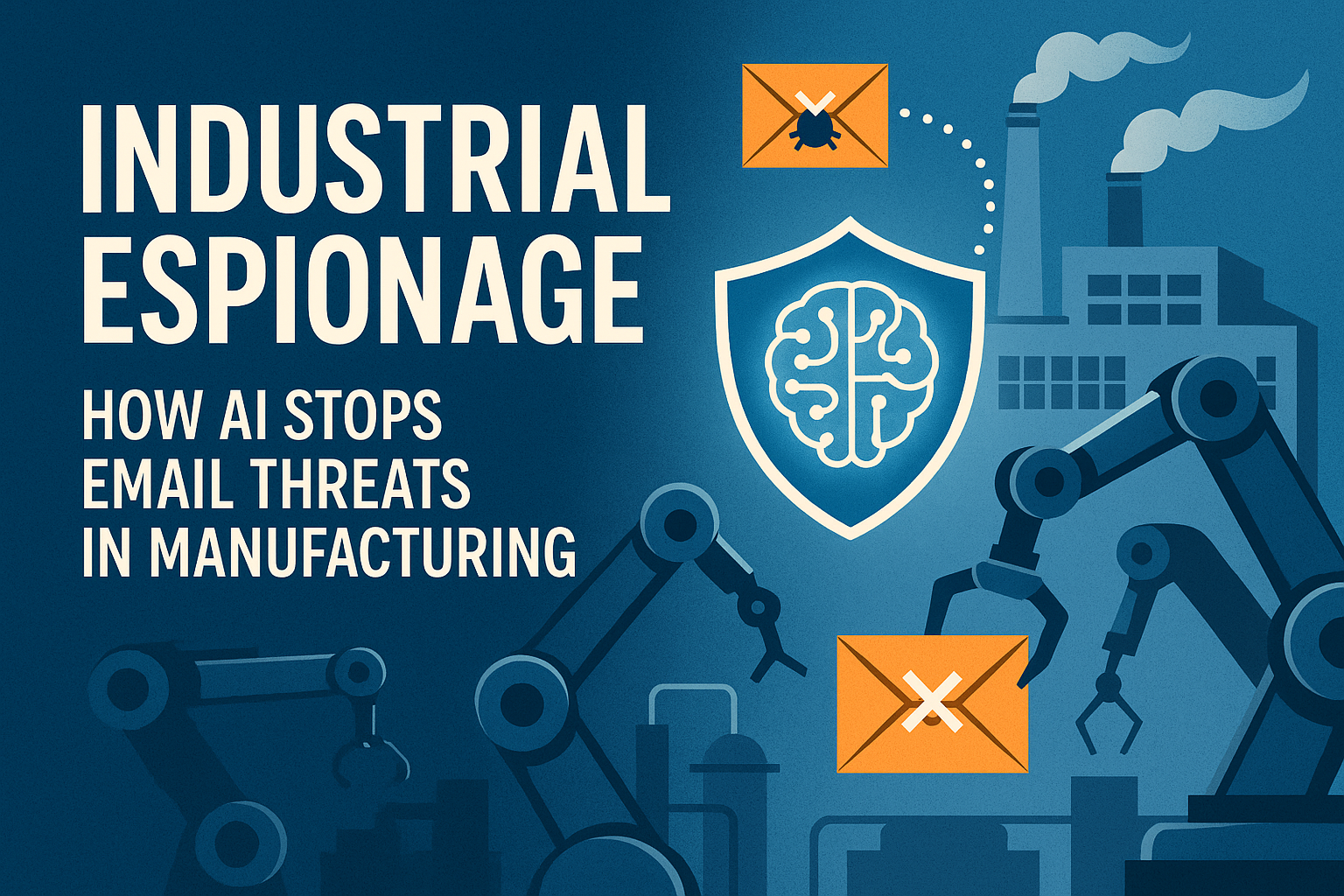

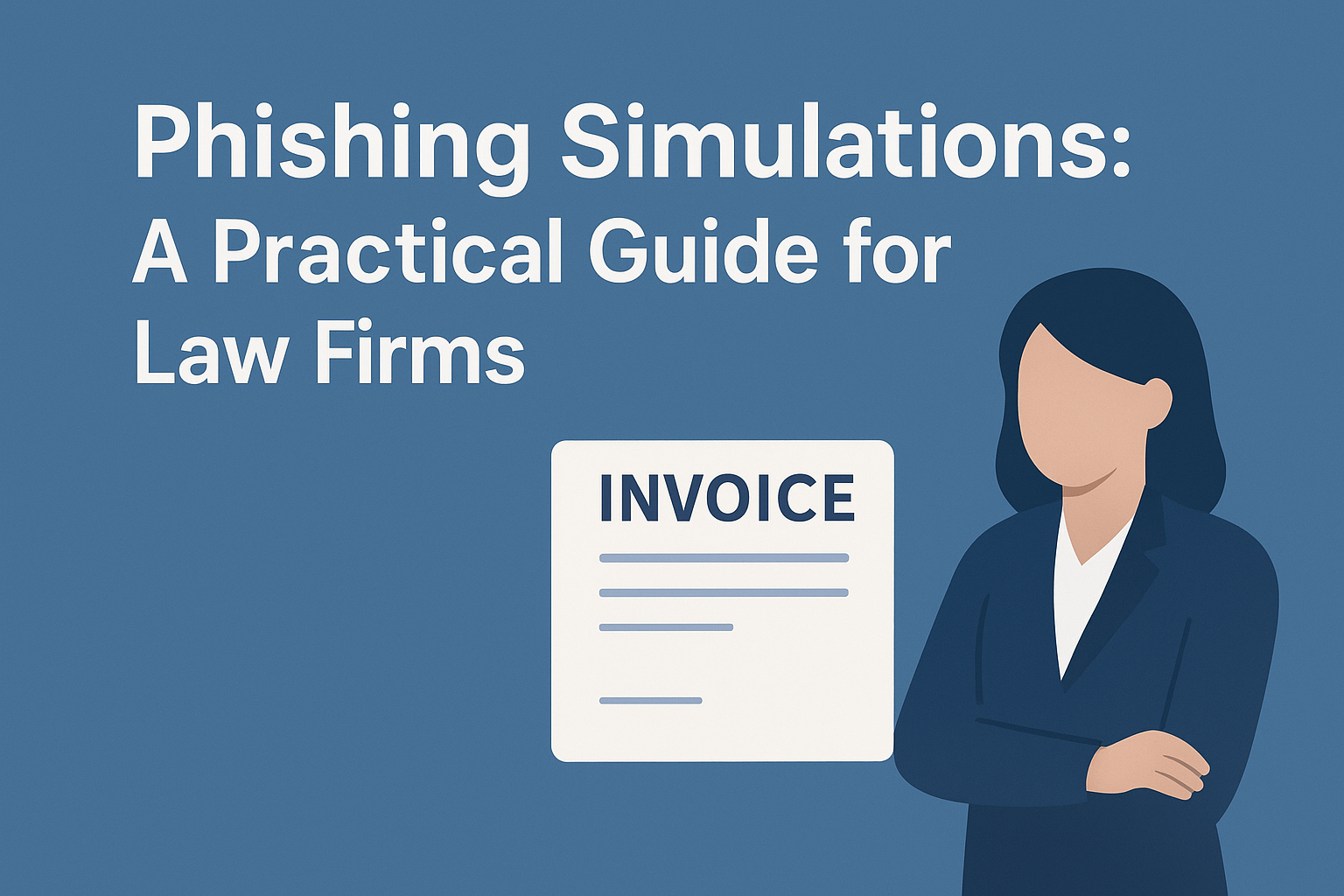


.png)
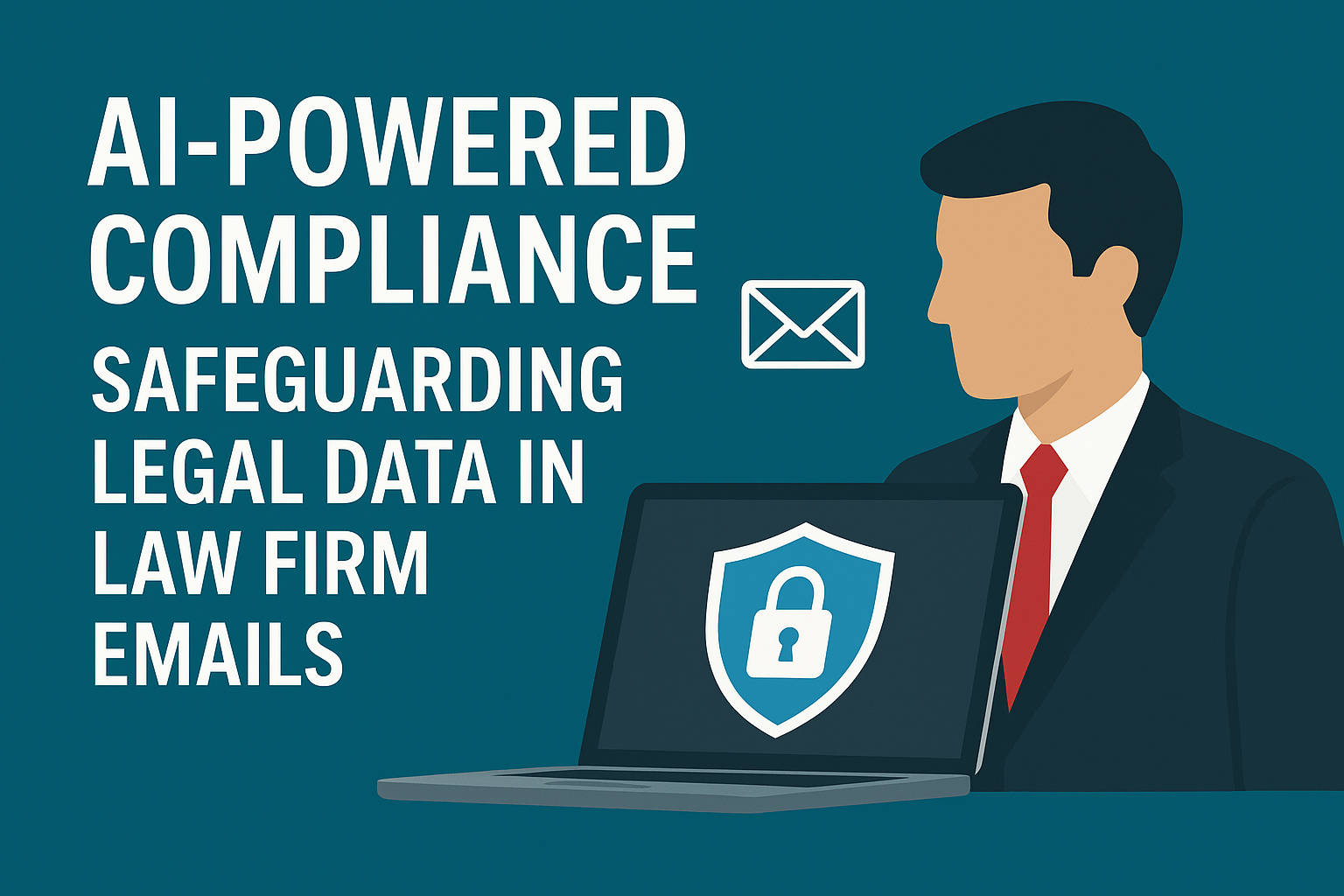
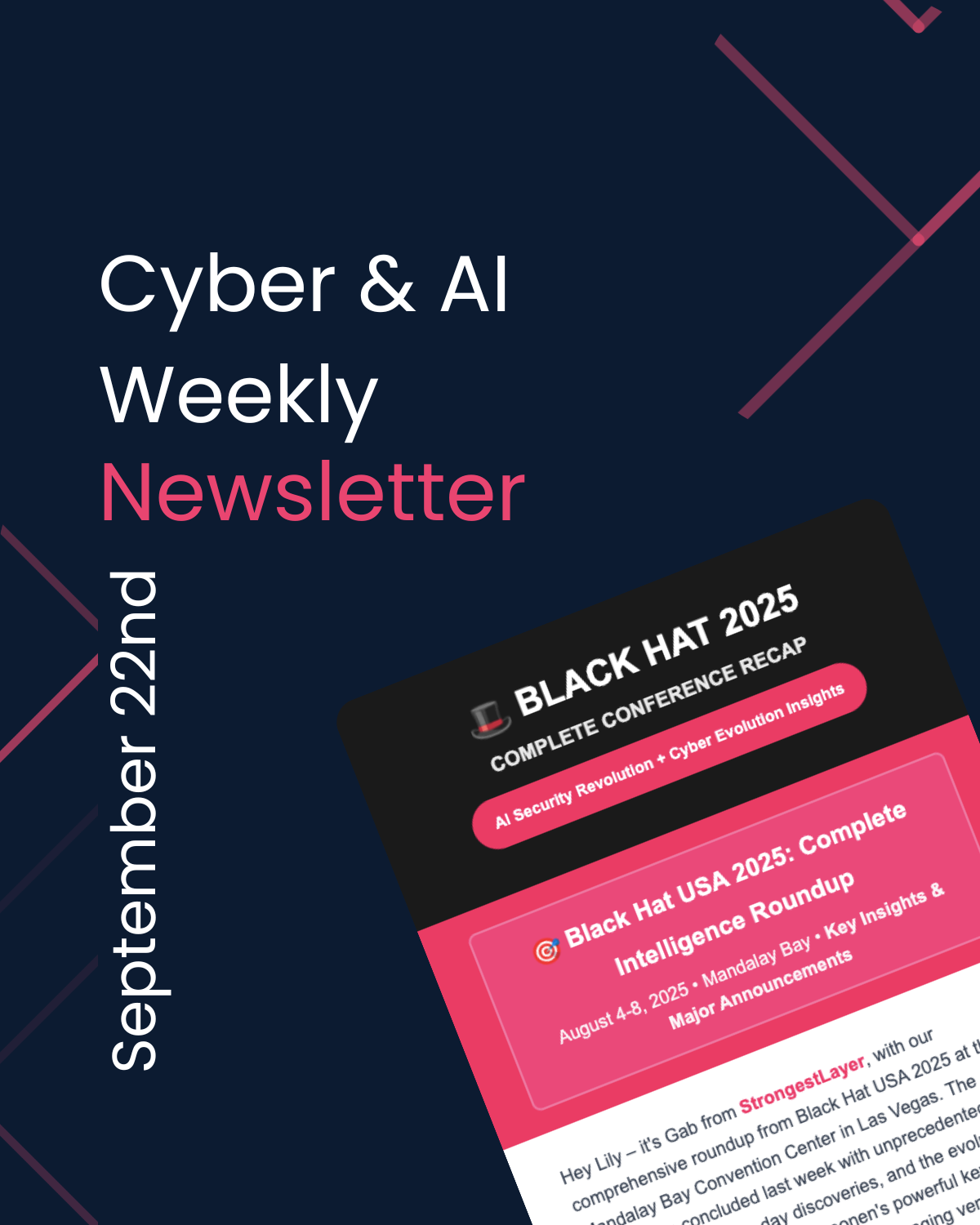




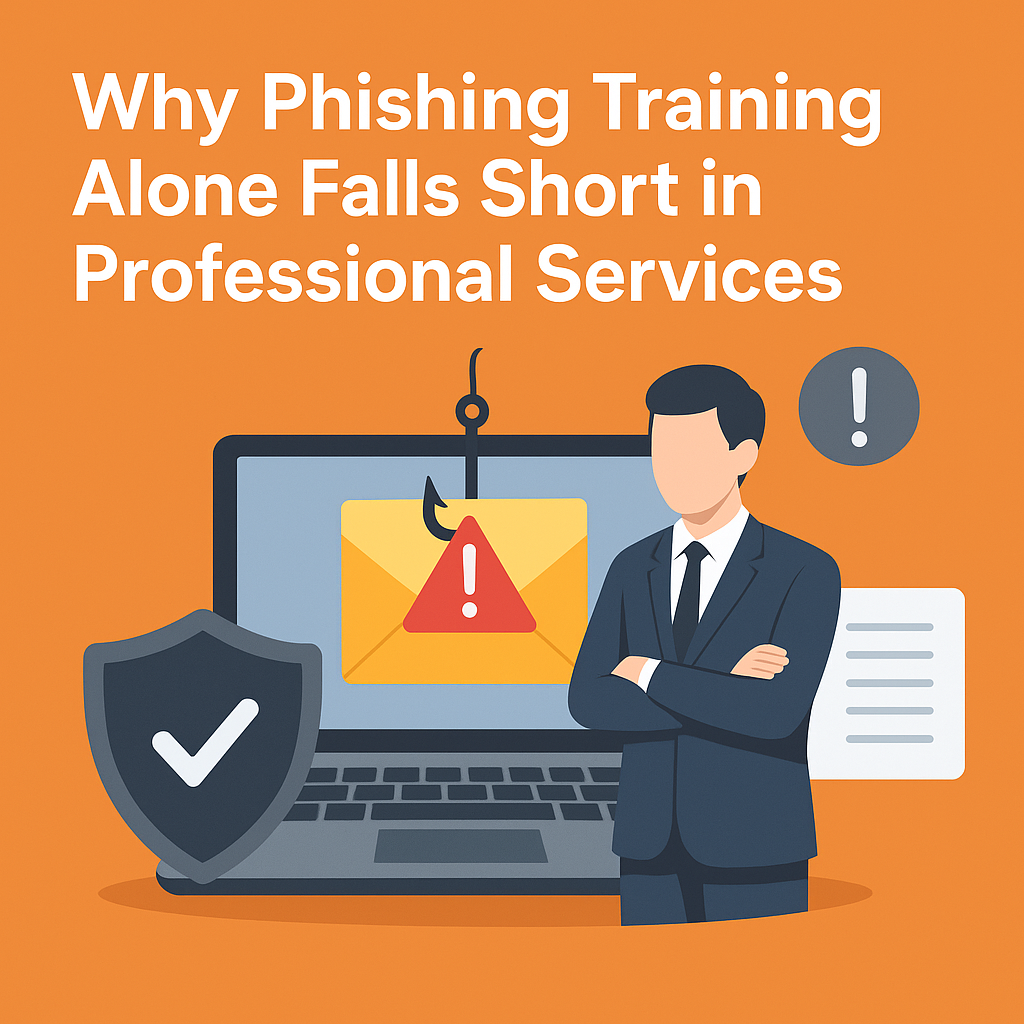

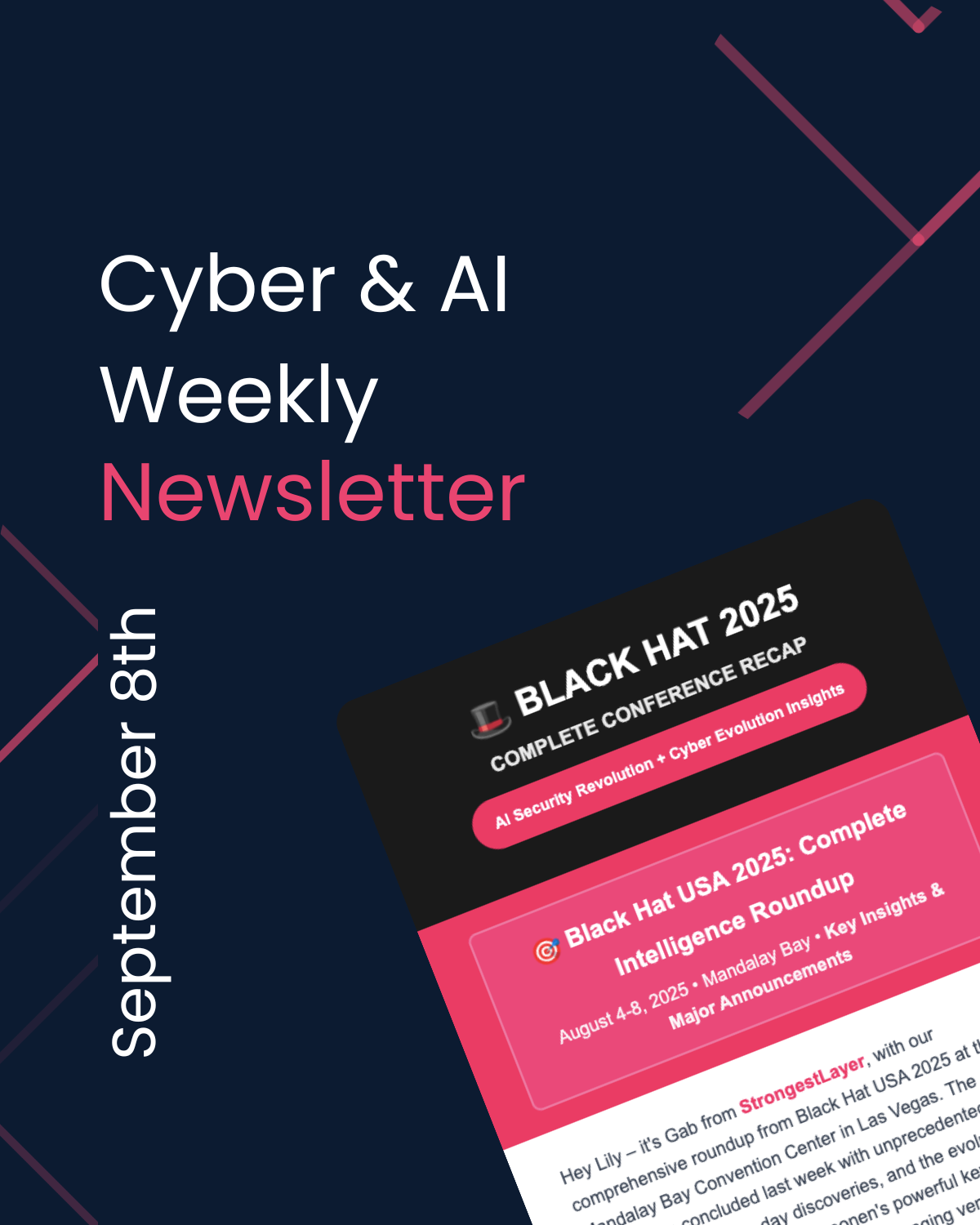


.png)

.png)

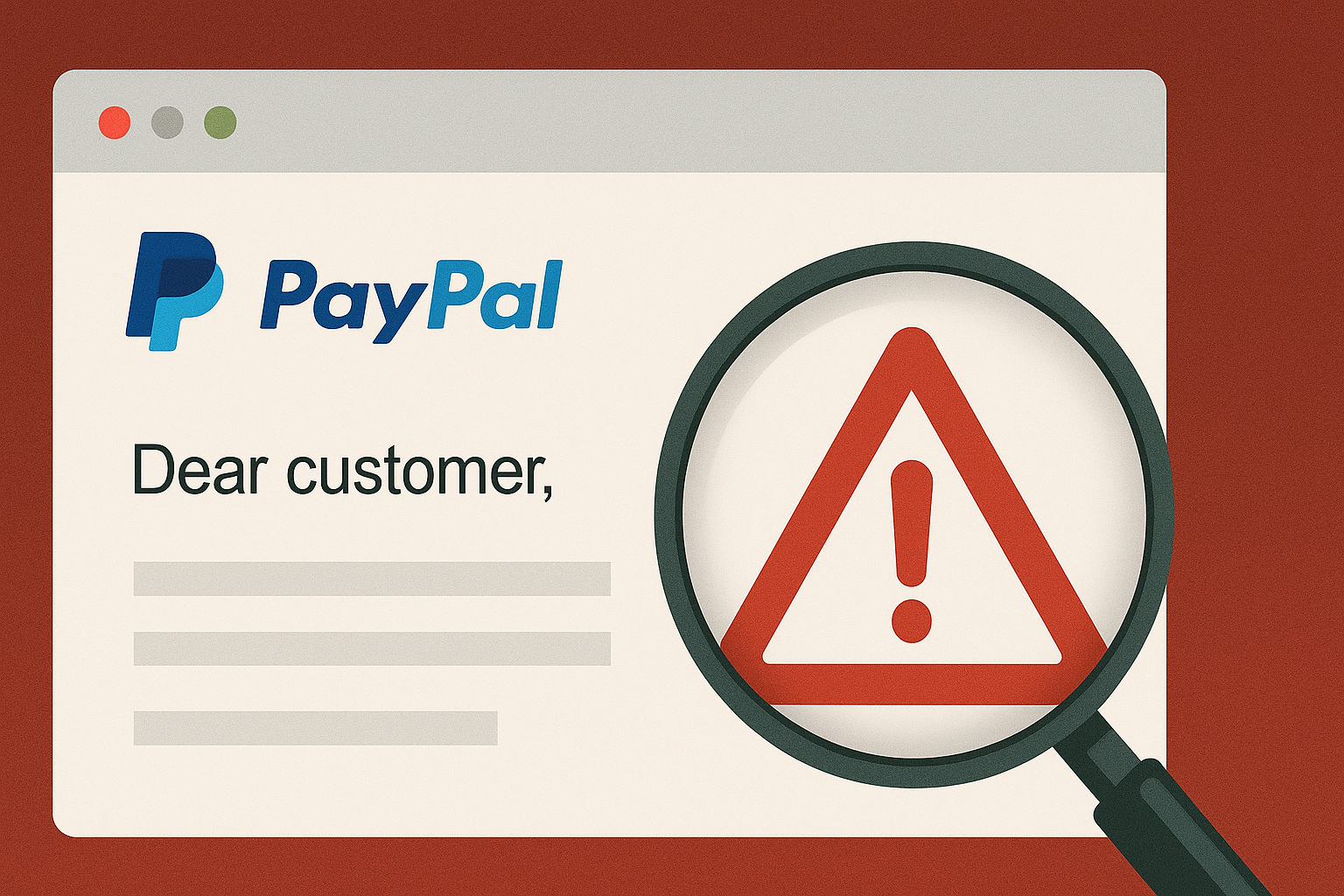
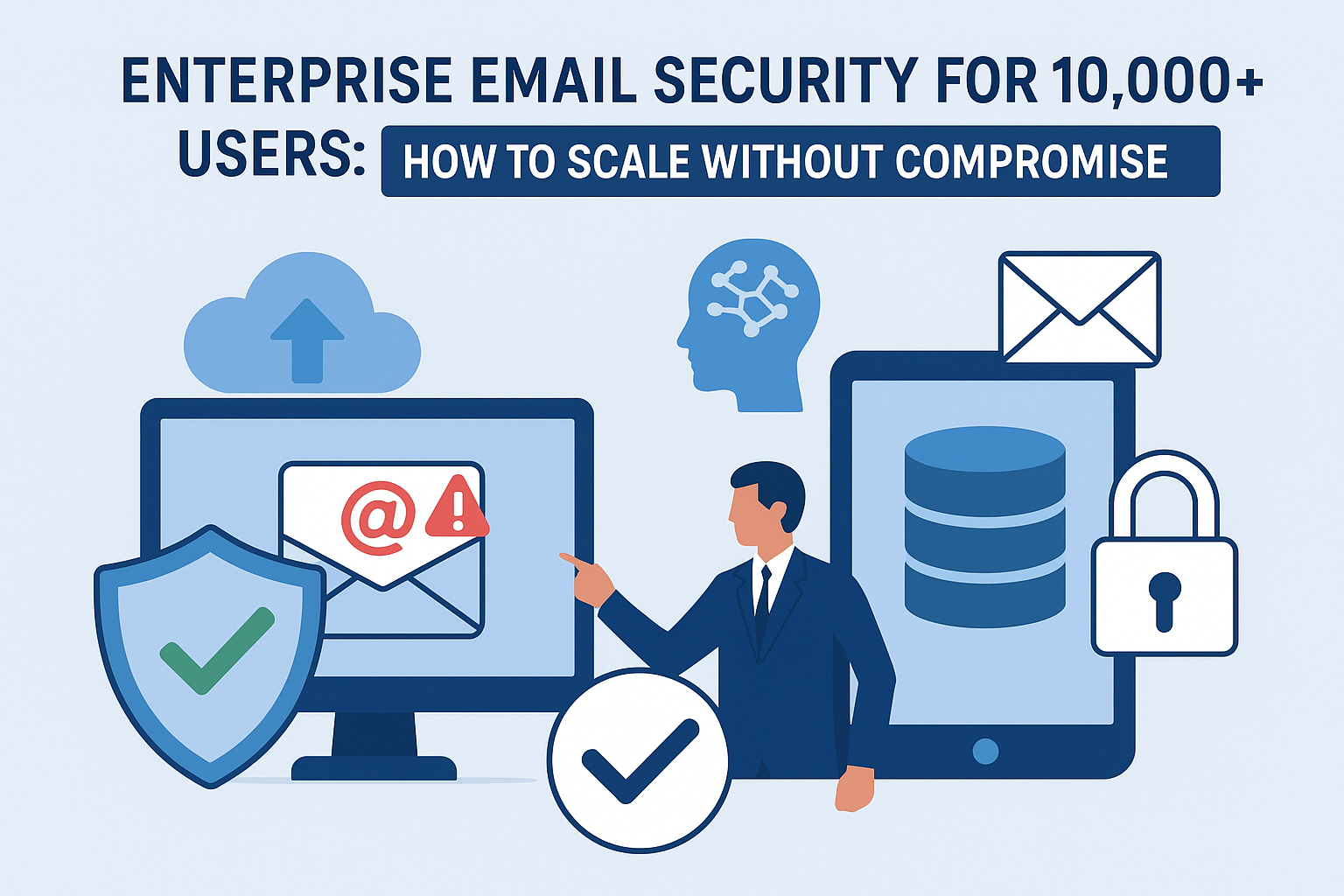
.png)
.jpg)
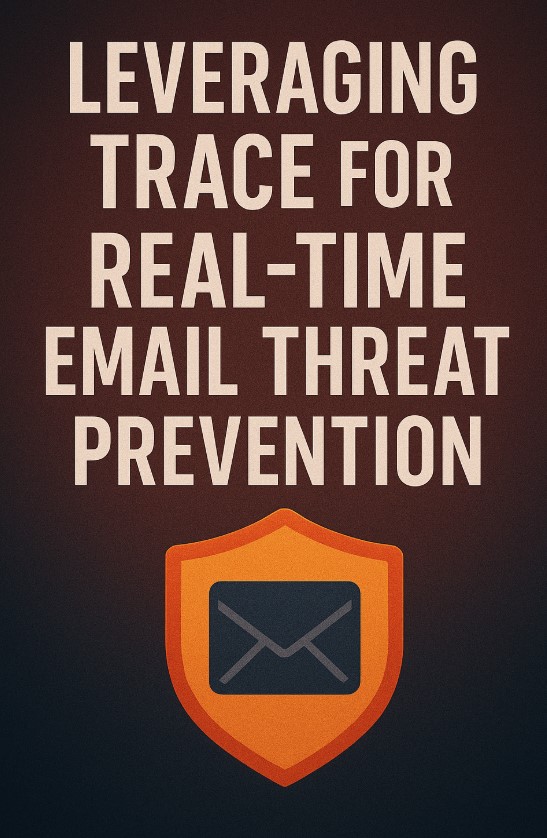
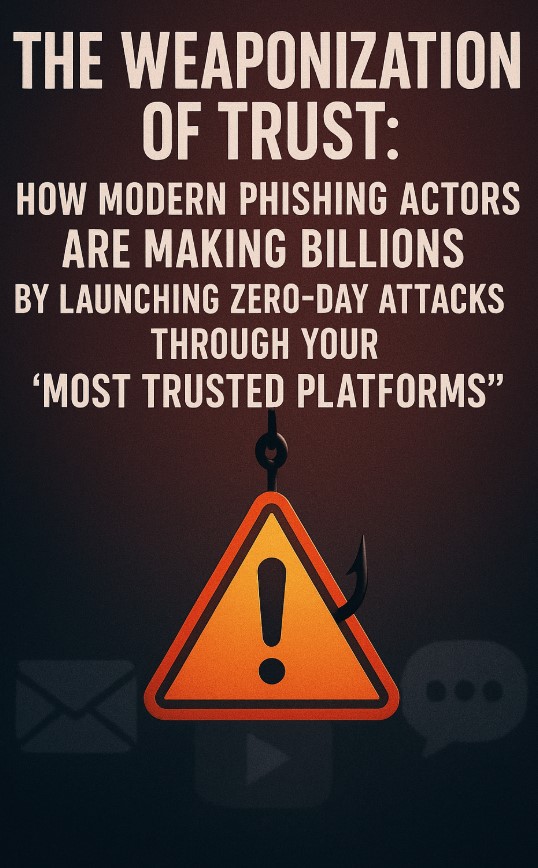
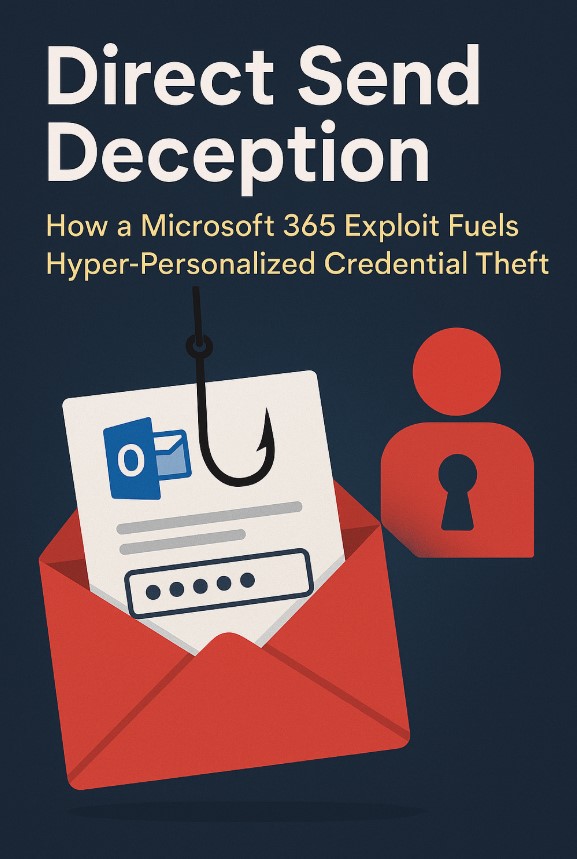
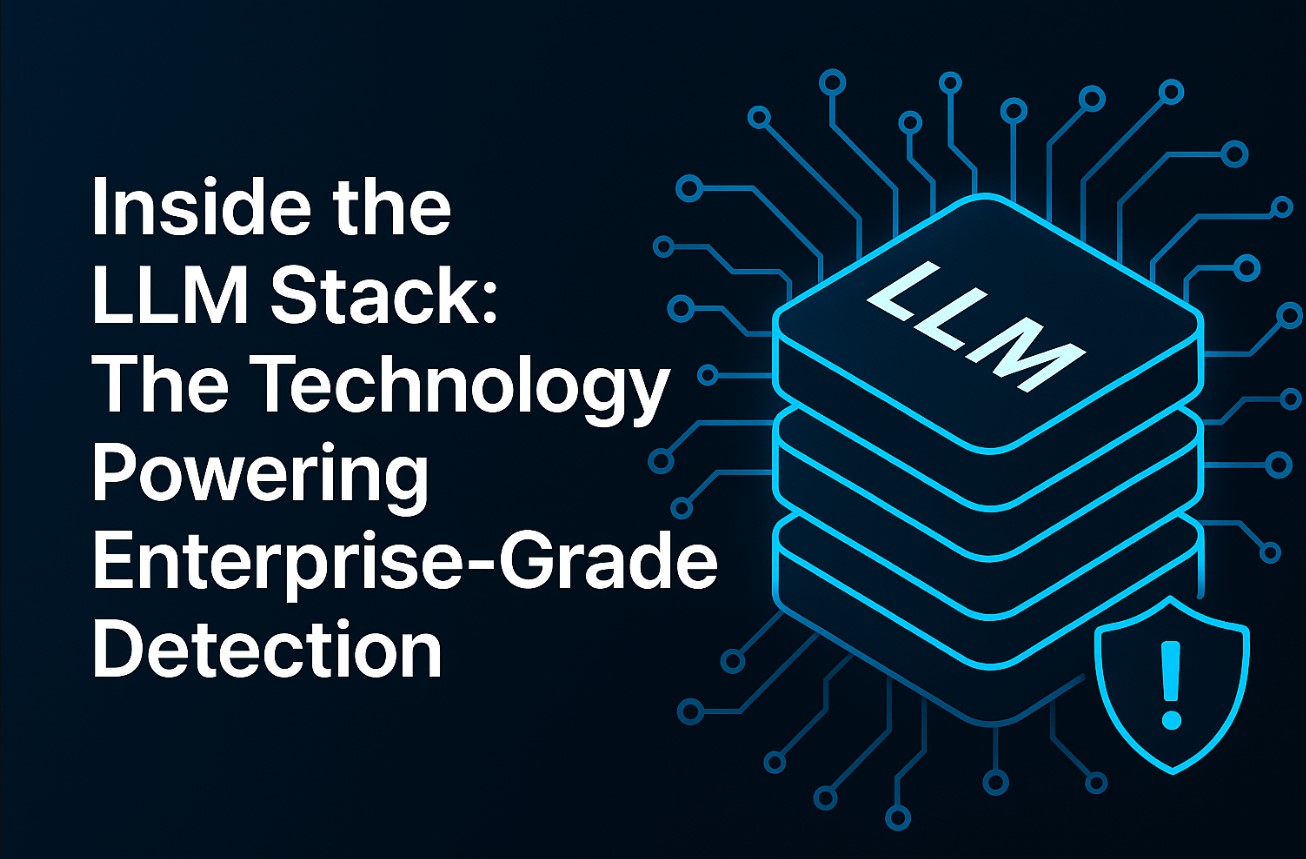
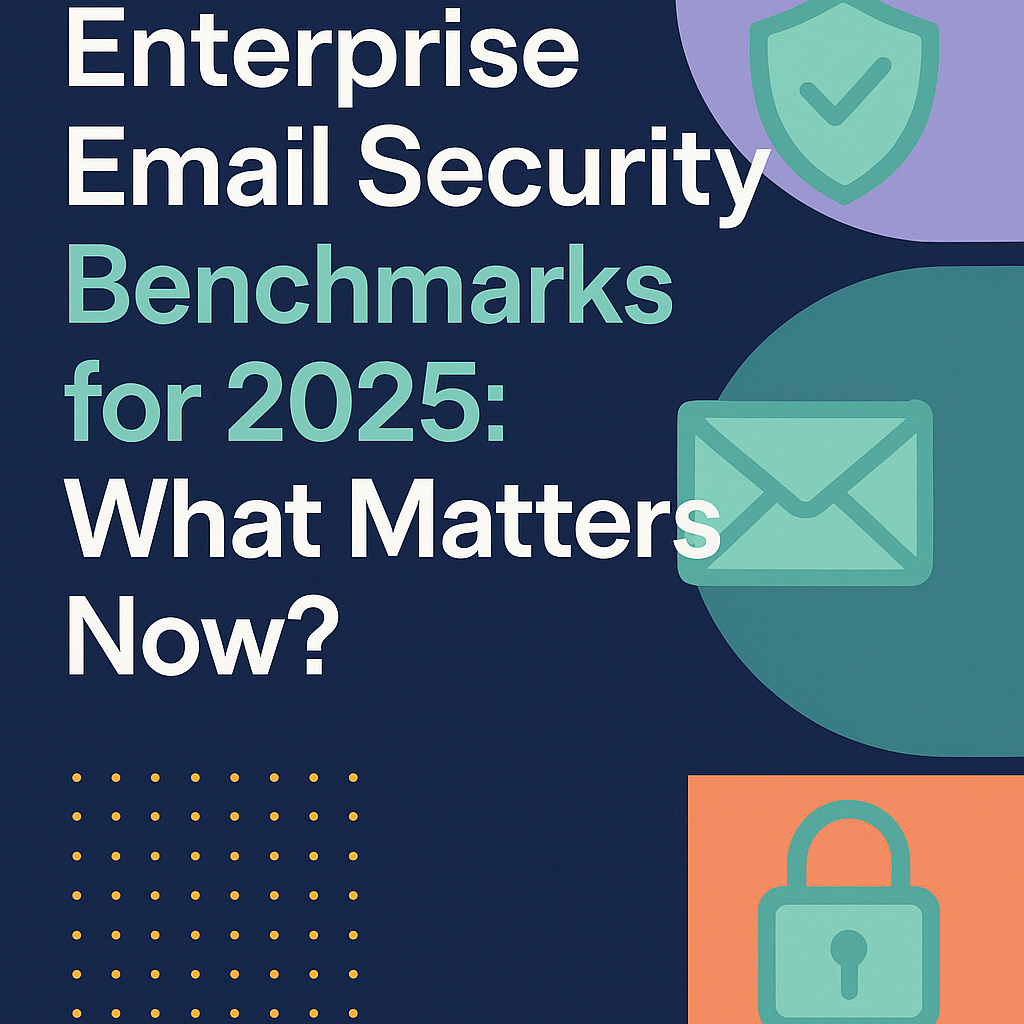


.png)







.png)






























%20Attacks%20in%202025.jpg)









